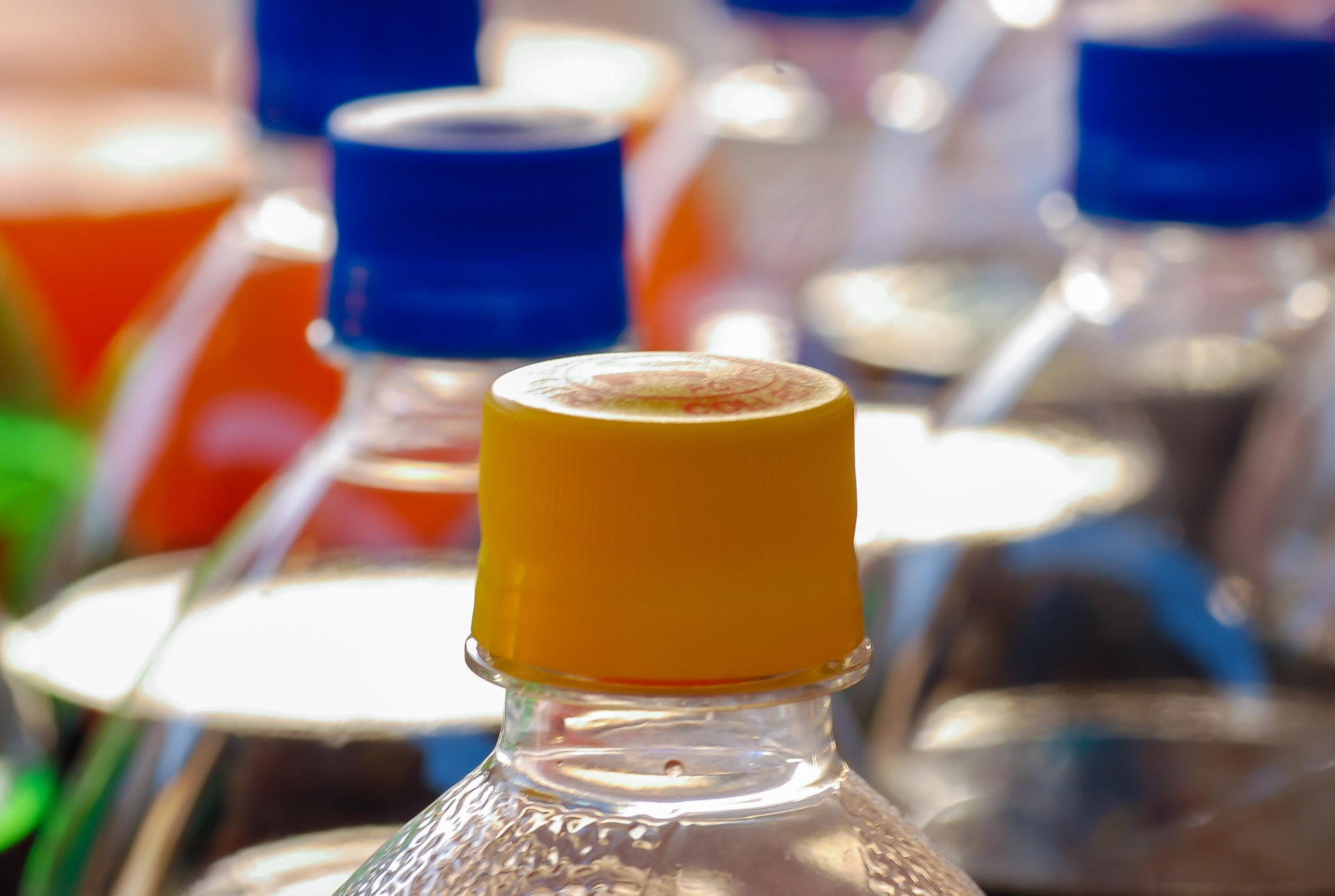I watched a movie last year where a woman was being framed for murder using her facial features that were captured by a technology used in a bus that allowed passengers to get in based on facial recognition. In the movie, the woman, who was a cop, was investigating suspicious activity relating to the research of the facial recognition self-driven bus that a high-profile tech company was trying to approve for massive production and introduction into the market. The cop was getting too close to confirm her suspicions. So, the tech company got her face profile and embedded it in a video where another person was killing an executive of the company. This got me thinking about how we use face recognition nowadays and how technology is included in everything we do. So, I pose the question: are we at risk in the food industry in terms of Food Defense?
Recent cybersecurity attacks in the food industry have highlighted the urgency of this question. For instance, in 2021, the world’s largest meat processing company fell victim to a ransomware attack that disrupted its operations across North America and Australia. The company had to shut down several plants, leading to significant financial losses and potential supply chain disruptions.
Similarly, earlier that year, a cyberattack targeted a U.S. water treatment facility, where hackers attempted to alter the chemical levels in the water supply. Although this attack was prevented, it underscored the vulnerabilities within critical infrastructure systems, including those related to food production and safety.
Additionally, in 2022, a large fresh produce processing company experienced a cyber incident that disrupted its operations. The attack temporarily halted production and distribution of packaged salads and other products, causing delays and financial losses. The company paid $11M in ransom to the hackers to restitute order for their operations. This incident further underscores the importance of cybersecurity in the food industry and the potential risks posed by inadequate security measures.
These incidents illustrate the growing threat of cyberattacks in the food industry and the potential consequences of inadequate cybersecurity measures. As technology becomes more integrated into food production, processing, and distribution, the need for robust food defense strategies that encompass cybersecurity has never been more critical.
Understanding Food Defense
Food defense refers to the protection of food products from intentional contamination or adulteration by biological, chemical, physical, or radiological agents. Unlike food safety, which focuses on unintentional contamination, food defense addresses the deliberate actions of individuals or groups aiming to cause harm. In an era where technology permeates every aspect of food production, processing, and distribution, ensuring robust cybersecurity measures is crucial for effective food defense.
The Intentional Adulteration Rule, part of the FDA’s Food Safety Modernization Act (FSMA), mandates measures to safeguard the food supply from deliberate adulteration aimed at causing large-scale public health harm. Key requirements of this rule include conducting vulnerability assessments, implementing mitigation strategies, performing monitoring, verification, and corrective actions, as well as providing employee training and maintaining thorough records.
The Intersection of Technology and Food Defense
The integration of advanced technology into the food industry brings numerous benefits, such as increased efficiency, improved traceability, and enhanced quality control. However, it also introduces new vulnerabilities that can be exploited by cybercriminals. As technology becomes more sophisticated, so do the methods employed by those who seek to manipulate or sabotage our food supply.
AI and Technology: A Double-Edged Sword
Artificial intelligence (AI) and other advanced technologies are revolutionizing the food industry. Automated systems, IoT devices, and data analytics enhance productivity and provide real-time monitoring capabilities. However, these technologies also present new avenues for white-collar crime and cyberattacks. For instance, a cybercriminal could hack into a food processing plant’s control system, altering ingredient ratios or contaminating products, which could lead to widespread public health crises.
Pros and Cons of Using AI and Technology in Food Safety
The adoption of AI and technology in the food industry has both advantages and disadvantages:
Pros:
1. Enhanced Efficiency: Automation and AI can streamline food production processes, reducing human error and increasing output. This leads to more consistent product quality and improved overall efficiency.
2. Improved Traceability: Advanced tracking systems allow for real-time monitoring of food products throughout the supply chain. This enhances the ability to trace the source of contamination quickly, thereby reducing the impact of foodborne illness outbreaks.
3. Predictive Analytics: AI can analyze vast amounts of data to predict potential risks and prevent contamination before it occurs. This proactive approach can significantly enhance food safety.
4. Real-Time Monitoring: IoT devices and sensors can provide continuous monitoring of environmental conditions, ensuring that food storage and transportation are maintained within safe parameters.
Cons:
1. Cybersecurity Risks: As seen in recent cyberattacks, the integration of technology introduces new vulnerabilities. Hackers can exploit these weaknesses to disrupt operations or intentionally contaminate food products.
2. High Implementation Costs: The initial investment in AI and advanced technologies can be substantial. Small and medium-sized enterprises may find it challenging to afford these technologies.
3. Dependence on Technology: Over-reliance on technology can be problematic if systems fail or are compromised. It is essential to have robust backup plans and manual processes in place.
4. Privacy Concerns: The use of AI and data analytics involves the collection and processing of large amounts of data, raising concerns about data privacy and the potential misuse of sensitive information.
The Role of Cybersecurity in Food Defense
To safeguard against such threats, the food industry must prioritize cybersecurity as an integral component of food defense strategies. Here are key strategies to consider:
1. Conduct Regular Risk Assessments: Identify potential vulnerabilities within your technological infrastructure. Regular risk assessments can help detect weaknesses and prioritize areas needing immediate attention.
2. Implement Robust Access Controls: Ensure that only authorized personnel have access to critical systems and data. Use multi-factor authentication and monitor access logs for suspicious activity.
3. Invest in Employee Training: Employees are often the first line of defense against cyber threats. Provide comprehensive training on cybersecurity best practices, including recognizing phishing attempts and other common attack vectors.
4. Update and Patch Systems Regularly: Ensure that all software and hardware are up-to-date with the latest security patches. Regular updates can mitigate the risk of exploitation through known vulnerabilities.
5. Develop Incident Response Plans: Prepare for potential cyber incidents by developing and regularly updating incident response plans. These plans should outline specific steps to take in the event of a security breach, including communication protocols and recovery procedures.
6. Utilize Advanced Threat Detection Systems: Employ AI-driven threat detection systems that can identify and respond to unusual activity in real-time. These systems can provide an added layer of security by continuously monitoring network traffic and system behavior.
7. Collaborate with Cybersecurity Experts: Partner with cybersecurity professionals who can provide insights into emerging threats and recommend best practices tailored to the food industry’s unique challenges.
Current Efforts to Standardize the Use of AI
Recognizing the critical role of AI and technology in modern industries, including food production, international efforts are underway to standardize their use and ensure safety, security, and reliability. Two notable standards introduced recently are ISO/IEC 23053:2022 and ISO/IEC 42001:2023.
• ISO/IEC 23053:2022: This standard focuses on the transparency and interpretability of AI systems. It aims to make AI-driven processes understandable and explainable to users, which is crucial for maintaining trust and accountability. In the context of food safety, this standard can help ensure that AI decisions, such as those related to quality control and contamination detection, are transparent and can be audited.
• ISO/IEC 42001:2023: This standard provides guidelines for the governance of artificial intelligence, ensuring that AI systems are developed and used responsibly. It addresses ethical considerations, risk management, and the continuous monitoring and improvement of AI systems. For the food industry, adhering to this standard can help ensure that AI technologies are implemented in a way that supports food safety and defense.
As the food industry continues to embrace technological advancements, the importance of integrating robust cybersecurity measures into food defense strategies cannot be overstated. By understanding the potential risks and implementing proactive measures, we can protect our food supply from malicious actors and ensure the safety and security of the public. The scenario depicted in the movie may seem far-fetched, but it serves as a stark reminder of the potential consequences of unchecked technological vulnerabilities. Let us learn from fiction to fortify our reality
The author will be presenting Food Defense in the Digital Era at the Food Safety Consortium Conference. More Info


























